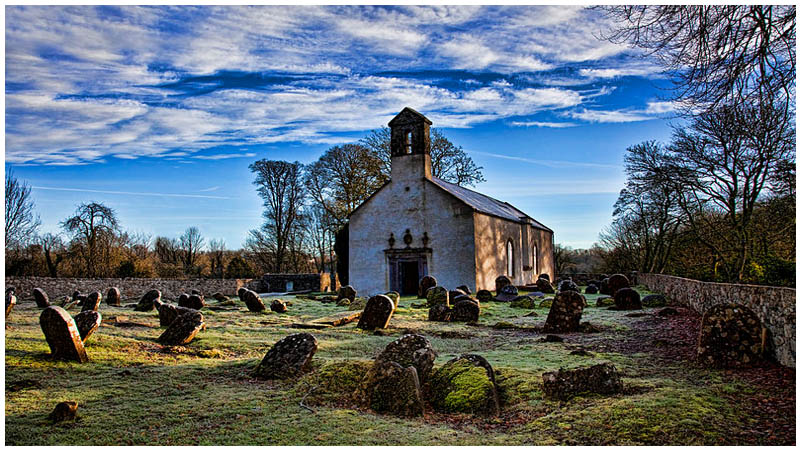Darú is the Irish word for ‘plain of the oaks’ and it seems logical that a small woodland village at the heart of Ireland should receive this word as its name. A number of old oak trees adjacent to Durrow Abbey mark the route of an ancient road.
Durrow Abbey is a medieval monastery, built within the borders of the village in 553. It is said that the founder of the site was Saint Columba.
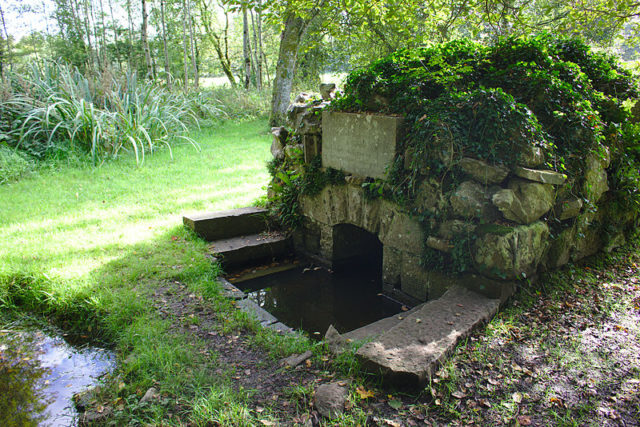
Saint Columba’s name in Irish is Colm Cille, which roughly translates as ‘Church Dove.’ As a missionary, he worked hard to spread Christianity throughout Scotland and founded no less than 26 monasteries.
Durrow Abbey is only a part of Saint Columba’s legacy; the Abbey of Kells is another site founded by him, where the Book of Kells — a manuscript containing the Gospels of the New Testament — was stored for many years. It is possible that the book was written entirely at Kells, but whether this is the case or whether it was brought to Kells from the Scottish island of Iona is still a matter of debate.
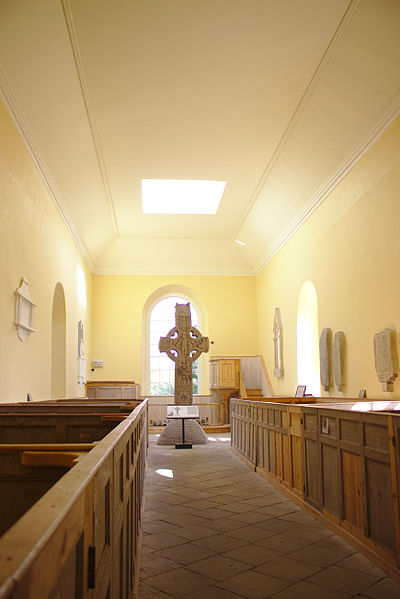
Saint Columba was responsible for running Durrow Abbey until 563. The same year he began his mission work in Scotland and left the monastery to a monk named Cormac Ua Liathain. The rivalries and disputes between the southern and northern clans made Liathain’s life onerous and made it hard for him to keep his position as the head of the prior.
It wasn’t long before he decided to leave Durrow Abbey, leaving his responsibilities to Lasrén mac Feradaig. Feradaig was a companion of St Columba and also his first cousin. He was gladly accepted by both clans.
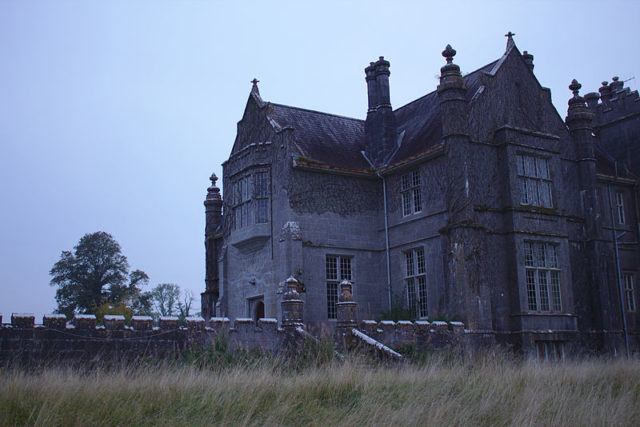
Over the years, Durrow Abbey enjoyed the status of being an important education center. Its reputation grew, and at one point it was referred to as a university. It was here that the renowned medieval illuminated manuscript Gospel book, the Book of Durrow was discovered accidentally by a local farmer; much like the famous Dead Sea Scrolls, which were partly discovered by a Bedouin shepherd.
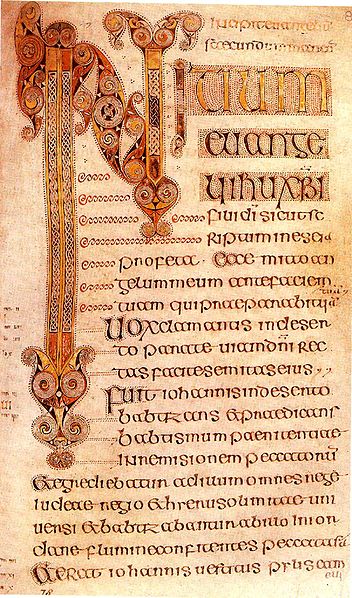
This manuscript, which now rests in the library of Trinity College in Dublin, resided at Durrow Abbey until 916. Historians believe that it originated elsewhere and was brought to the abbey. The manuscript is one of the earliest surviving examples of Insular, or Hiberno-Saxon, art found within a gospel book.
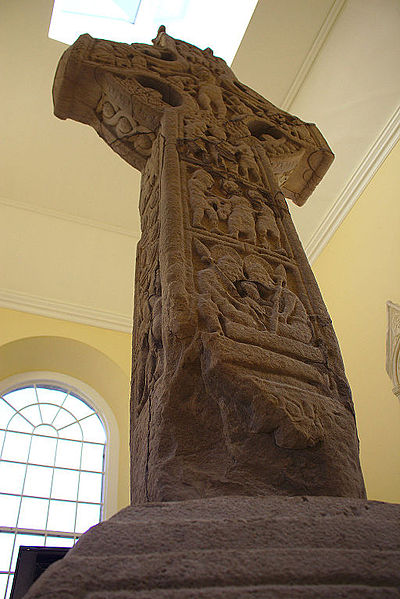
Throughout the years, the Abbey was a target of numerous Viking attacks; however, the complex was not completely destroyed until the Norman invasion.
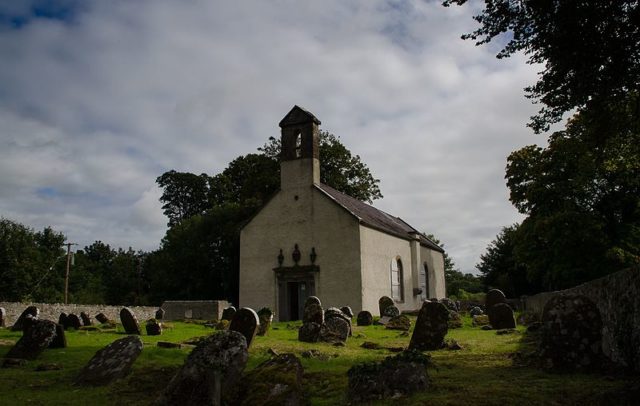
Only two buildings remain on the site today: Durrow Abbey House, which was erected in more contemporary times; and a church that dates from the late 18th century and was built on top of a destroyed medieval church, which in turn was erected on top of a 12th century church.
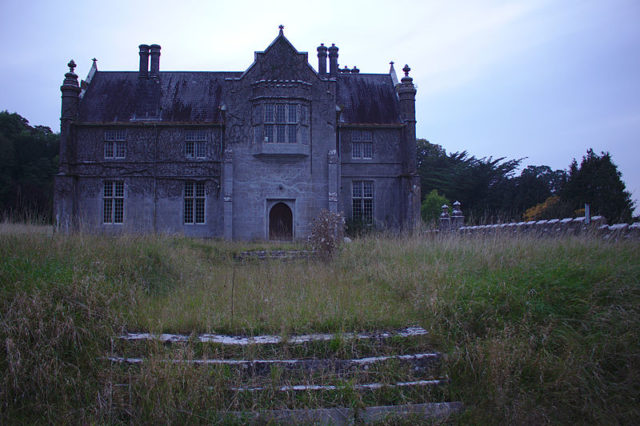
Interestingly, the monks of Durrow Abbey witnessed a supernova on July 4, 1054. It was written in the Annals Of The Four Masters, a chronicle of medieval Irish history, that a bright start was born overnight. This is the only recorded European sighting of the astronomical event; a sighting was also recorded in Chinese records.

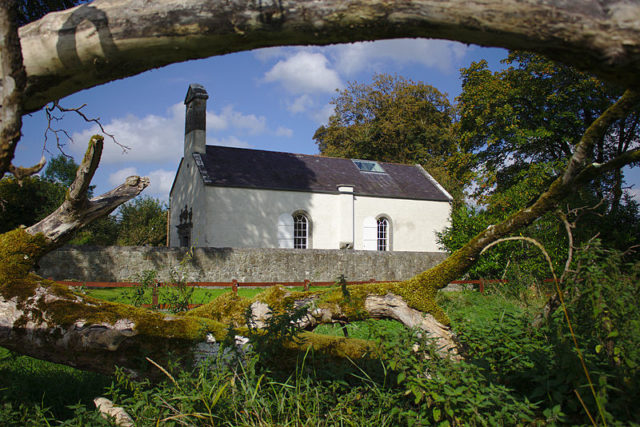
In 1992 the owners wanted to redevelop the abbey site as an exclusive leisure facility, including a golf course, hotel, and even an airstrip. The planning permission expired and the plan was never carried out. Two years later, the church of Saint Columbia became a property of the State.
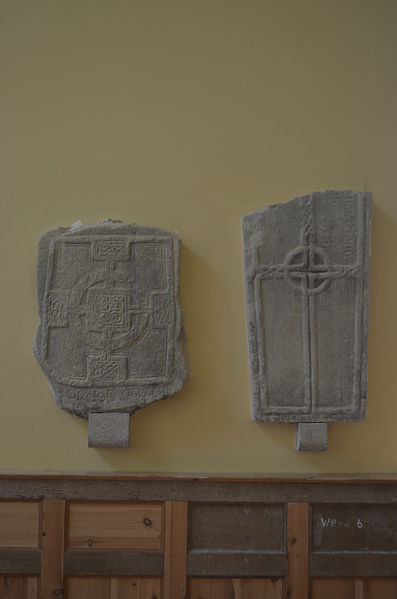
In 2000, a similar plan was devised that also failed. Not much of the abbey’s former glory remains today; only a few gravestones, one high cross, the old church, and Durrow House.
